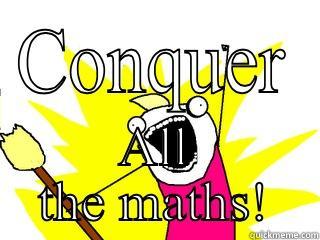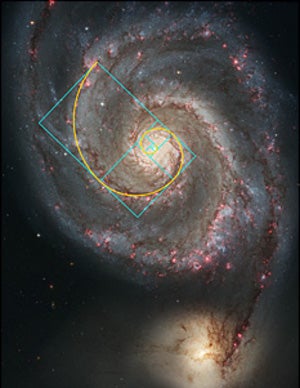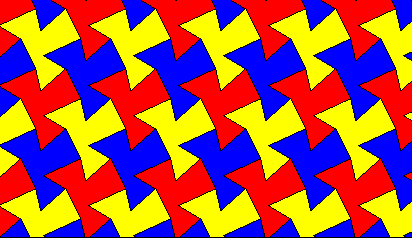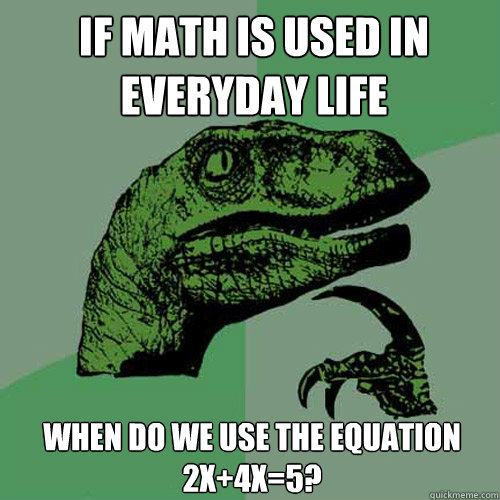So, this elective is finished, my essay is done, i’ve blogged like I’ve never blogged before and I feel a little bit like I’ve stepped off of a roller-coaster or something; the whistle-stop tour of Discovering Mathematics.
I chose Discovering Mathematics as my elective simply because despite my anxiety about the subject, I somewhat actually enjoy maths with all it’s numeracy, calculating and problem solving. I just didn’t feel confident in doing maths and I thought the module would help me boost my confidence and give me a better understanding of the concepts and skills in mathematics and enable me to teach it in a positive, fun way to others.
Discovering Mathematics wasn’t what I thought it was going to be but I am by no means disappointed by it and my learning, Richard’s constant enthusiasm was both infectious and motivational, he made learning easier through fun tasks and the interesting topics he covered within the elective. My favourite was the input on data & statistics with Dr Ellie Hothersall. However, I feel the elective did highlight the fact that what I knew about maths really wasn’t very much after all and I had no idea about just how much mathematical concepts are in my everyday life, nor was I aware of the underpinning maths in areas other that education. I had never really thought about that properly before.
In regards to my trepidation at learning and teaching maths, I don’t now feel quite as anxious as I did before this module. I can see that if I put the work in, my knowledge and understanding will of course develop, which will enable me to be more confident in the subject and be able to teach it more effectively to my own class. I want to ensure that every pupil I teach feels none of the maths anxiety I felt both as a child and an adult.
I am committed to developing my own understanding of maths by continuing to read and build upon my existing knowledge of mathematical concepts and skills. I will make every effort to ensure I am up to date on new developments and skills which will enhance my learning and teaching and I will put into practice what I have learned about fundamental mathematics. Over the past few months whilst covering this elective, I have found myself looking more for mathematical concepts in my everyday life and I think this is something I will not be able to help doing still – I enjoy it now and I think it is safe to say I am on the right path to Discovering Mathematics.












